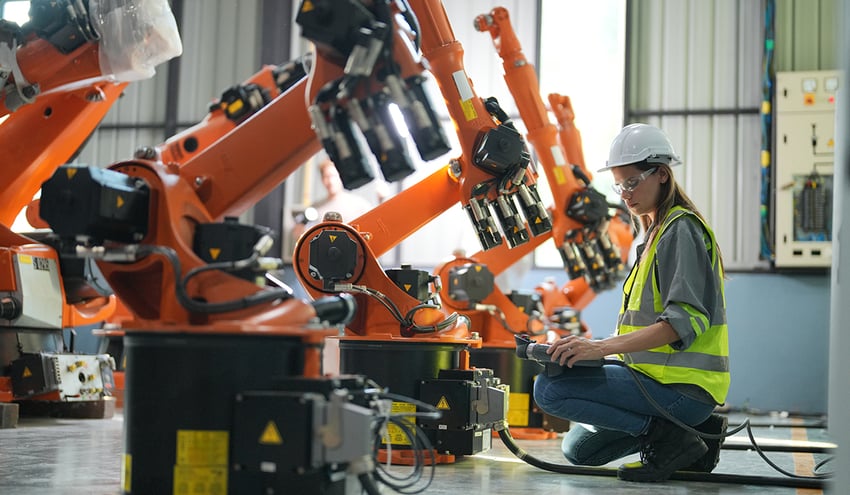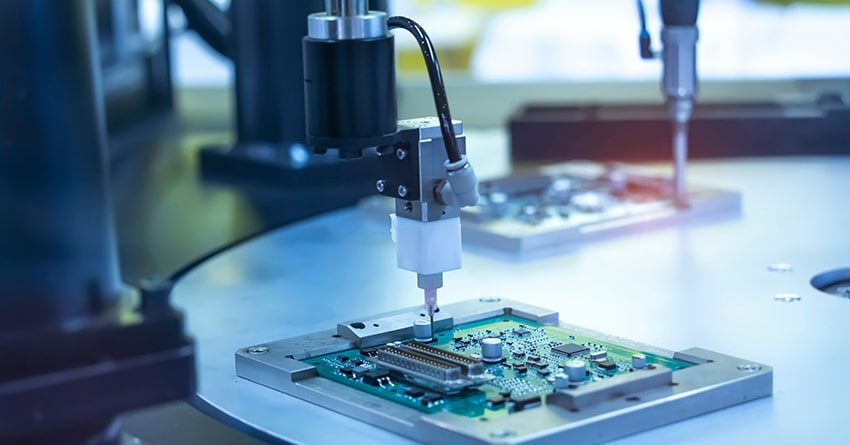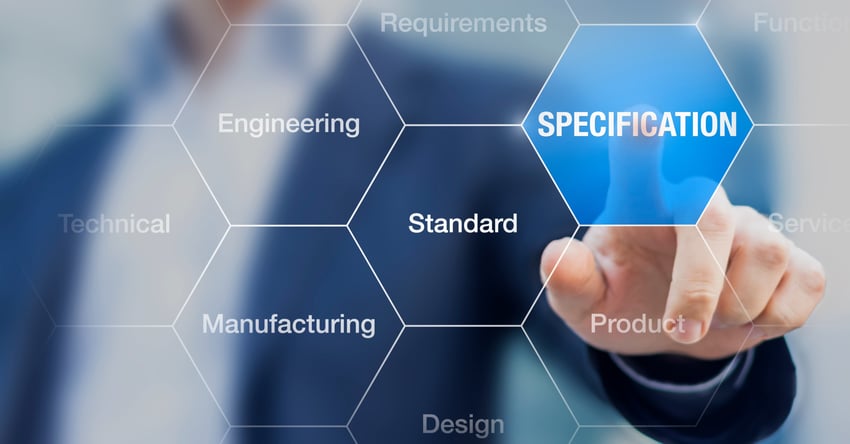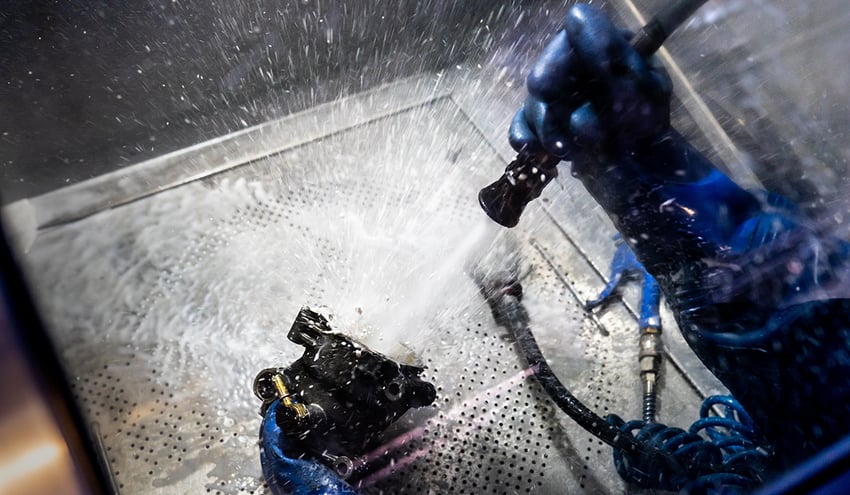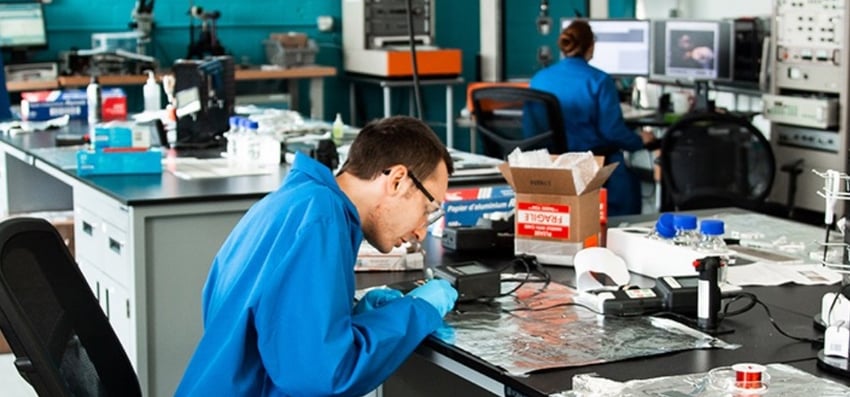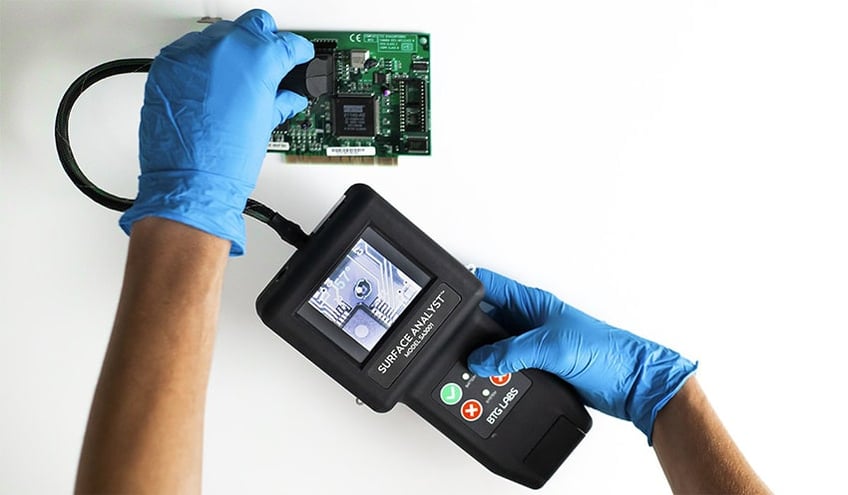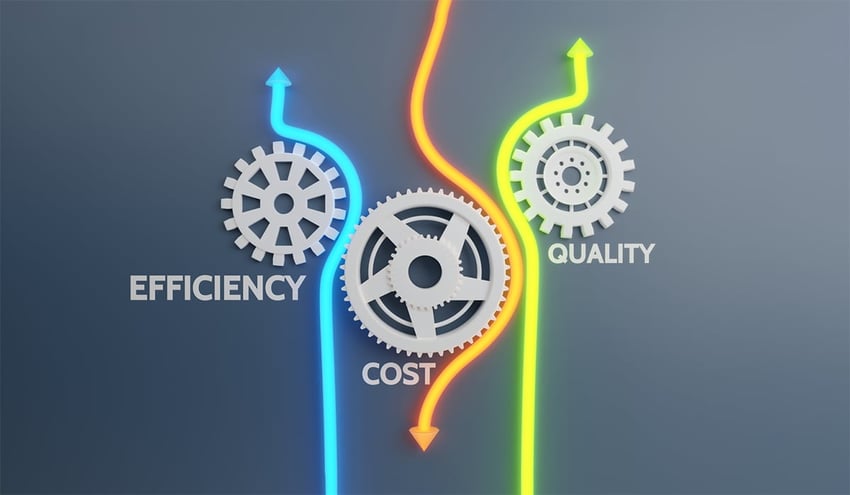Formula 1 teams know that you must incorporate a tried-and-true process into your workflow to perform at the highest level. They practice a defined, repeatable, measured, tested, and continuously improve their processes to ensure that their level of performance is constantly increasing. This can be compared to how manufacturing companies constantly strive to improve their performance and operations.
Companies utilize a myriad of KPIs to increase their performance goals in order to drive consistent, continuous improvement across all business areas. One area that has been shown to be a weak spot within manufacturing relates to surface quality. R&D teams, product development, and manufacturing ops often struggle with various coating or adhesion issues during a product's lifecycle. These issues can range from peeling paint to delamination of electronic boards, glass bonding failure, flaked or not uniform coatings, ink flaking off critical medical devices, and many more.
What is Surface Intelligence?
Surface intelligence is the unique combination of surface quality measurement technology and surface analysis material science knowledge. This combination forms a custom solution for a manufacturing organization to confidently and precisely control adhesion, cleaning, and coating operations. Using surface intelligence, businesses have data that allows them to make decisions and improve operations, resulting in faster Trailing 12 Months (TTM), better yield percentages, and better CP/CPK (statistical process controls and statistical efficiency metrics) goals.
Rethink your adhesion manufacturing processes with Surface Intelligence.
What are the Benefits of Surface Intelligence with Business Analytics?
When the worlds of surface intelligence and business analytics are combined, there are a vast number of possibilities geared toward improved accuracy and efficiency. The main benefits of integrating surface intelligence with business analytics for manufacturing companies (i.e., combining the surface measurements with the ability to capture the data) are:
- Faster time to market
- Less risk
- More reliability
- Less scrap
- Higher yield
- Faster problem-solving if adhesion issues do arise
Whether you’re a supplier or an OEM, a critical point to consider is programmed benchmarking, which allows businesses to know how they performed in the last program. Knowing this information allows businesses to predict the performance and efficiency of the following program for the next batch of products.
An example of this would be an automotive manufacturer developing the next generation of a vehicle. A program like this would include many KPIs and metrics on how well the manufacture of the last generation went, from the cost of the build to how long it took to go to market, etc. Surface Intelligence provides data used to benchmark critical pieces of the process to improve for the subsequent programs. For example, teams could make confident decisions for the use of additional adhesives on the next-gen vehicle to make it less expensive to manufacture, lighter in weight, and have higher performance. Surface intelligence is used to develop and scale new products and processes, solve problems during ramp, and much more.
How Does Surface Quality Data Drive Business Success?
Surface intelligence equips manufacturers with critical data about the product they are manufacturing throughout the entire product lifecycle--from manufacturing the components that make up the product to how it is assembled and how the end-user uses it. Surface intelligence enables companies to create better products in a shorter time frame and with higher quality.
A well-known example of achieving CPK for surface preparation is knowing how many surface quality measurements are enough to recognize if a large surface is clean enough for adhesion. When the issue that causes 60% of adhesion failure is identified, it is generally because the root cause is a compliance problem and/or expectations were not clearly provided. Either what a clean surface means for the product from the supplier was not clearly specified, or the manufacturer is doing something wrong to cause the lapse in conformity. They could be using the wrong solvent or wrong sandpaper, or there could be some other variation in the manufacturing process; these are all grey areas that cause issues.
The solution begins with the specification for the assembly of the product. Manufacturers must use surface intelligence data to comply with the product assembly specifications. When the proper analysis tool is used, and the team analyses the data, it helps mitigate many extraneous factors that they would otherwise not have control over. It keeps suppliers and manufacturers on the same wavelength and significantly reduces any mistakes that they make. Traceability and visibility for surface quality are created throughout the supply chain. Access to this data in real-time prevents assembly issues, and traceability is constant despite its reactive nature.
Optimize the power of next-gen connectivity with data & surface intelligence.
Summary
Surface intelligence enables data-driven decisions from the beginning to the end of the supply chain through product delivery and the new product development process. Surface data allows businesses to manufacture and assemble higher-quality products, decrease waste, and increase product reliability. A proactive approach to surface intelligence data will allow companies to know and predict when a manufacturing process will fail or when issues are expected.
Learn how your business can improve decision-making to enable business growth by implementing surface intelligence into your operations. Read the eBook to learn how: Seeing the Unseen: How Surface Quality Data Enhances Risk Prediction in FMEA."



